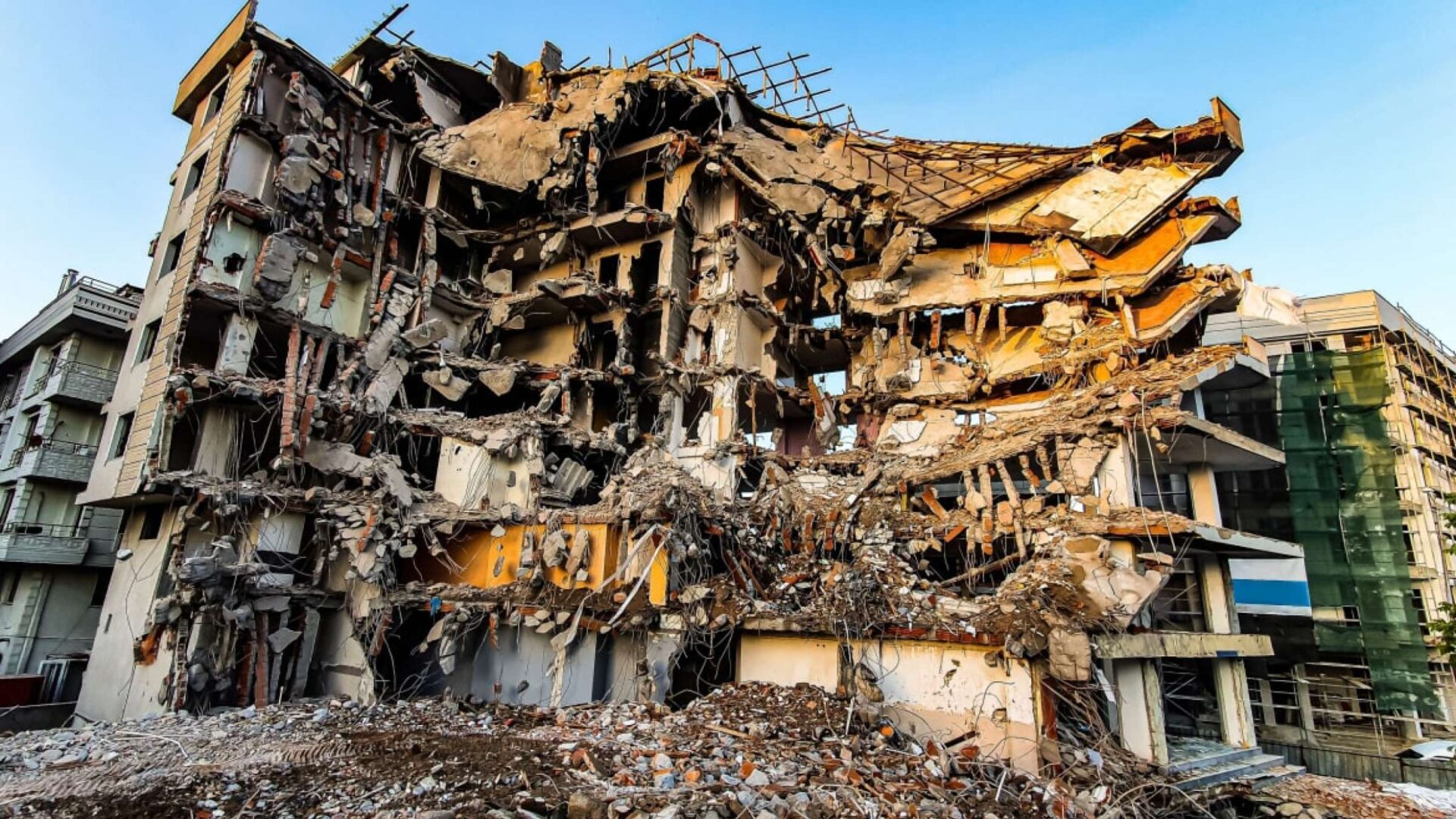If we bend a stick and continuously apply force on it, it will break at the point when the stress limit of the stick crosses. This is very normal. Like a human’s wit, everything has its limit and so does that mere stick. Tectonic plates are very similar to it. When the plates converge, they tend to break after some time. Unlike sticks, they need higher forces and greater time to break themselves. Good for us!
I’m not making anything up here. There is a famous theory behind this, Elastic Rebound Theory. So, sticks below us, tectonic plates, have been converging forever! Did they break? Yes, they did. Will they break again? Yes, they will. Unlike sticks and our hearts, tectonic plates are elastic. They put themselves back into their previous position and continue their ‘breaking bad’ game repeatedly year after year. If they break, or if I rephrase it with a bit more grandiose manner, release their energy, earthquake/s will take place.
How is it related to our beautiful country, Bangladesh? Well, it’s super related in the sense that if we can measure the exerted force and the stress limit of the particular stick, we can probably foretell when the stick will break. By using this concept, we should be able to reveal some prophecies regarding some future fatalities. Well, we still can’t do that. We can only hope that our scientists will be more prudent and smarter enough to calculate the stress limit of our subsurface and tell us the probable date of future earthquakes so that we can reschedule our routine and have a day off from our boring lives.
But we can guess! Little do we know about the earthquake predictions, yes, we still can observe the past earthquakes. There are two major regions from where fatal earthquakes occur. One is our north-eastern side and another one is the north-eastern and eastern side of our country. Between these two, earthquakes generated from the northeastern and eastern sides proved to be more malignant for our country. Nevertheless, for a very beautiful and small country like ours, our super-complex-subsurface-condition has still remained a mystery to scientists all over the world. Now I’m going to list some earthquakes and see if we can deduce a pattern from it.
| Year | Earthquake Magnitude (Richter) and Region | Interpolated Year |
| 1908 | 7.0 (Myanmar) | 1910 |
| 1912 | 7.5 (Myanmar) | |
| 1930 | 7.5 (Myanmar) | 1930 |
| 1930 | 7.1 (Meghalaya, India) | |
| 1930 | 7.4 (Myanmar) | |
| 1931 | 7.6 (Myanmar) | |
| 1943 | 7.2 (Assam) | 1950 |
| 1946 | 8.0 (Myanmar) | |
| 1947 | 7.3 (Eastern Xizang-India Border) | |
| 1950 | 8.6 (Eastern Xizang-India Border) | |
| 1970 | 7.0 (Myanmar) | 1970 |
| 1988 | 7.3 (Myanmar) | 1990 |
| 1991 | 7.0 (Myanmar) | |
| 2012 | 6.8 (Myanmar) | 2010 |
All of these earthquakes have been picked from a certain area, the more fatal region, the northeastern and eastern side of our country. If we read between the lines, we can probably see that major earthquakes happen more or less every 20 years. We have a striking term for this, Recurrence Interval. However, this is scary. Should we expect an earthquake in 2030 from that region? Well, I really can’t tell. What I can infer from this is that the stick below the Myanmar region breaks every 20 (+/-) years and nothing can stop it. That territory below Myanmar and its surroundings releases its energy after years of tectonic plates’ convergent movement and we really can’t tell what will happen if an earthquake like Assam (8.6 magnitude,1950) happens again anywhere near us.
The best way to prevent earthquakes is to stop bending the sticks or the movement of tectonic plates haphazardly (not that haphazard! At least we know where the plates are going.) along with the convection current of magma below us. As impossible as it sounds, we can’t do this. We can’t even tell when the next earthquake will take place. The least we can do is to prepare ourselves and build the infrastructures more earthquake friendly (!) like Japan has been doing for since long.
Having been said earlier, Scientists need to carry their research more on this particular region. After all, they are the ones on whom we are relying our lives!
(The article was published published in ‘The Earth’ by AAPG in 2018.)
